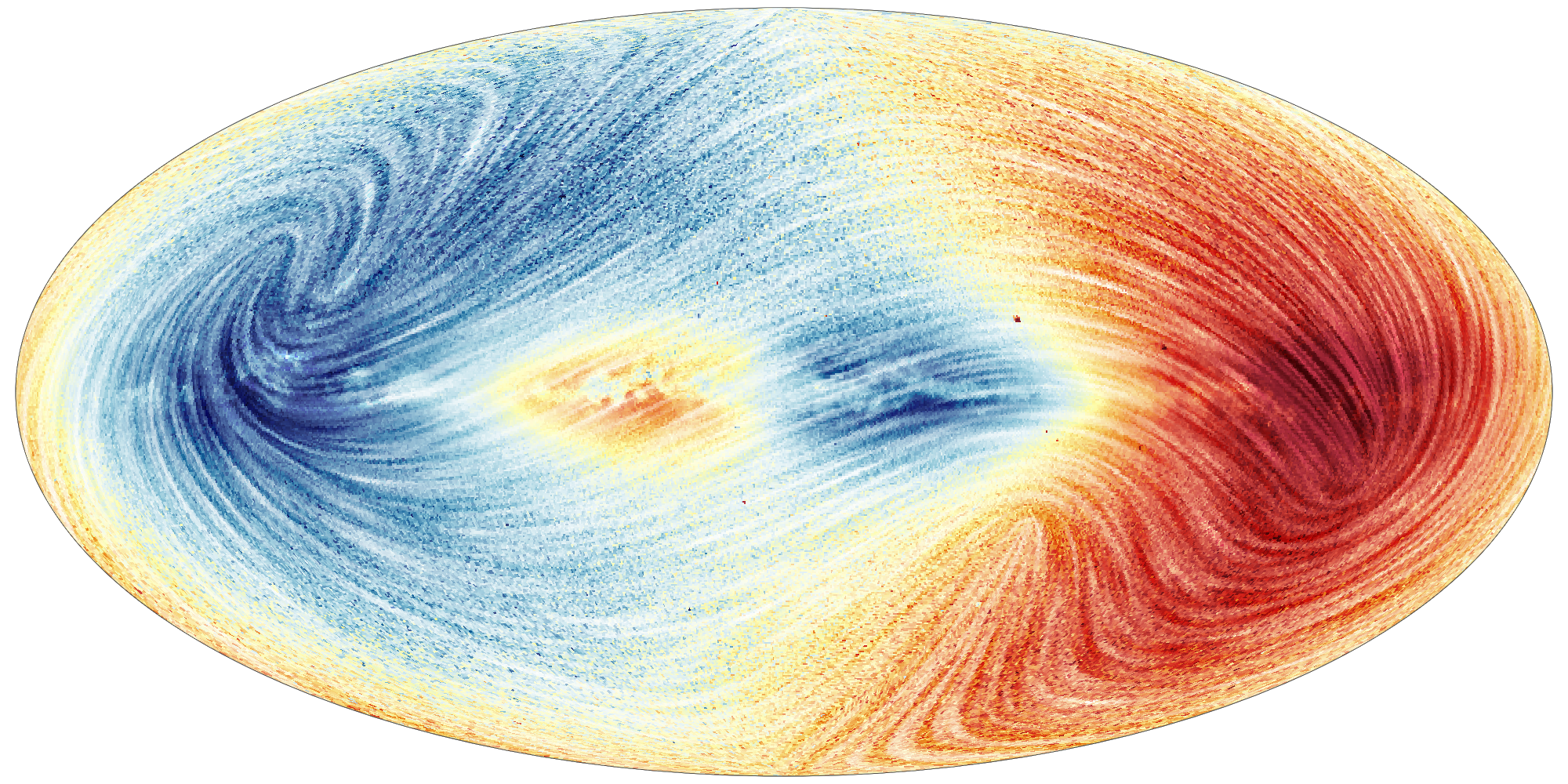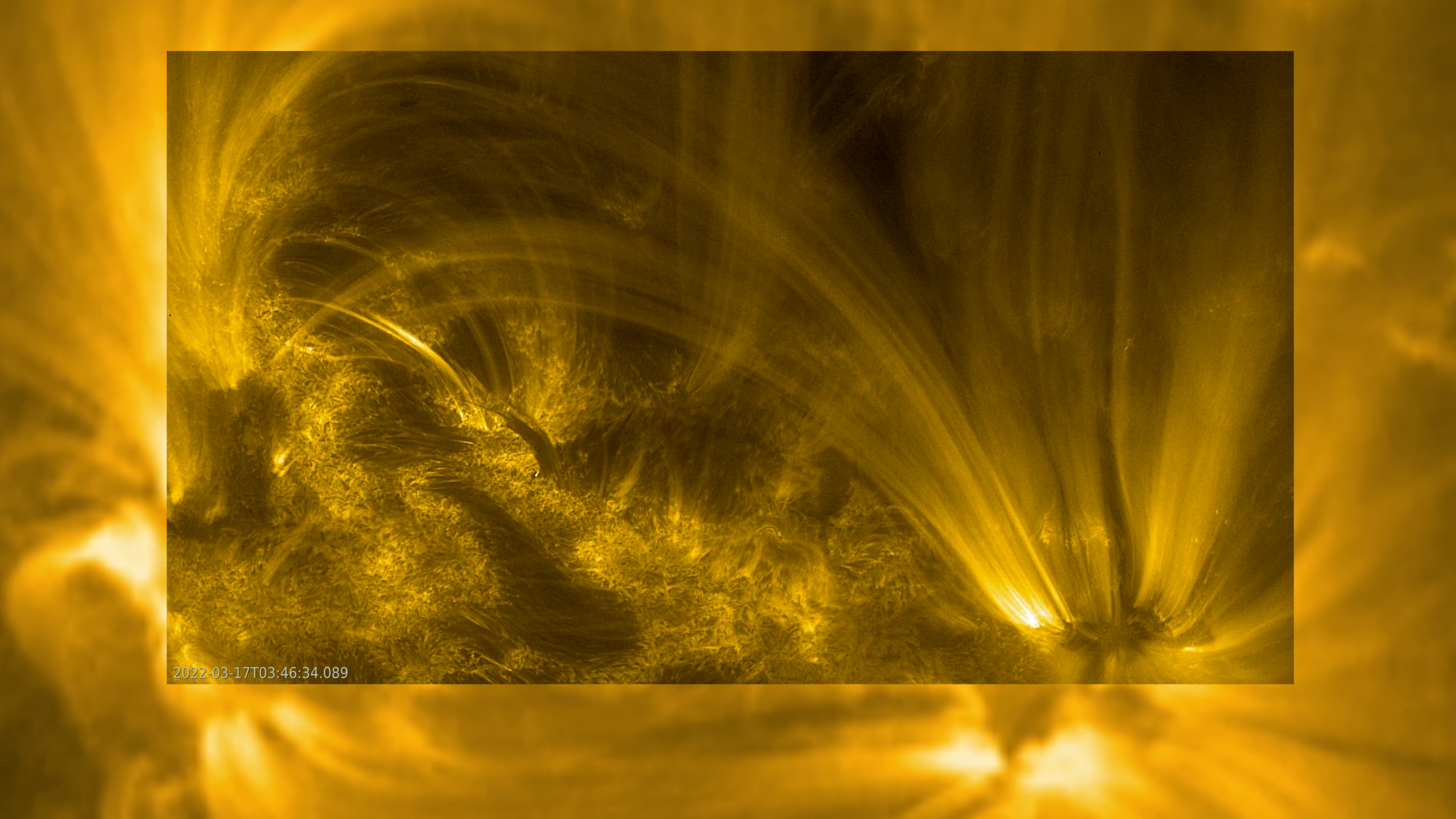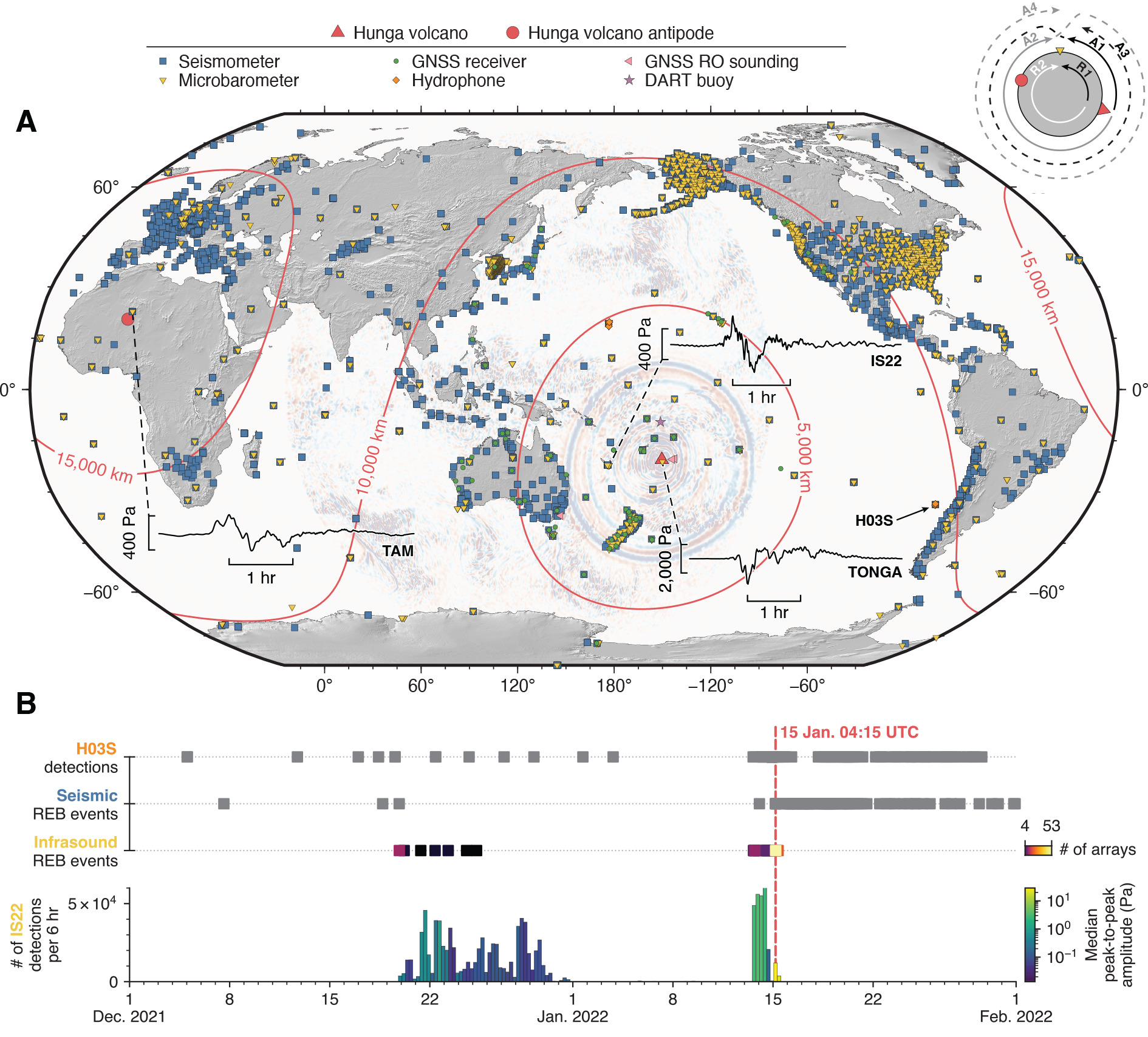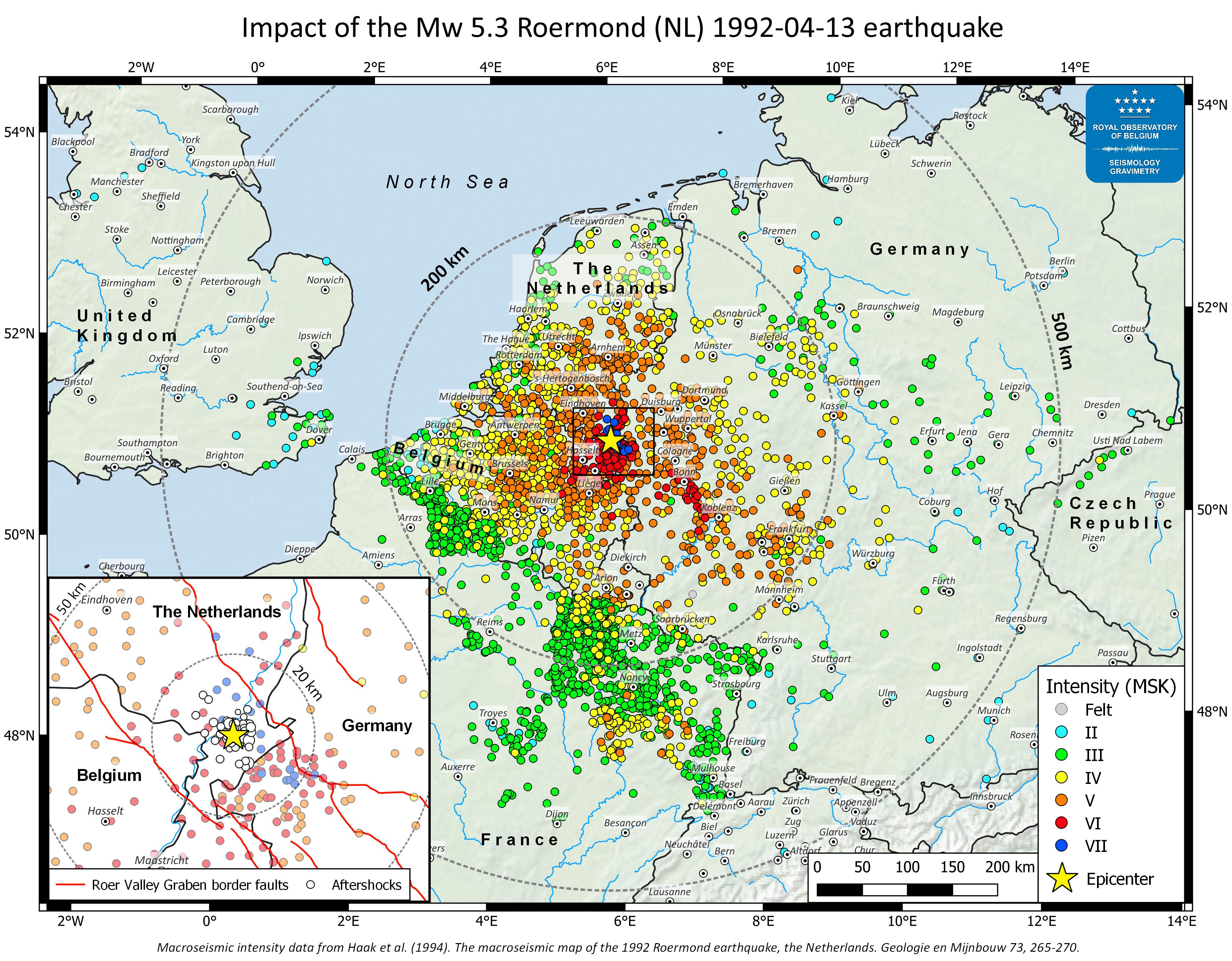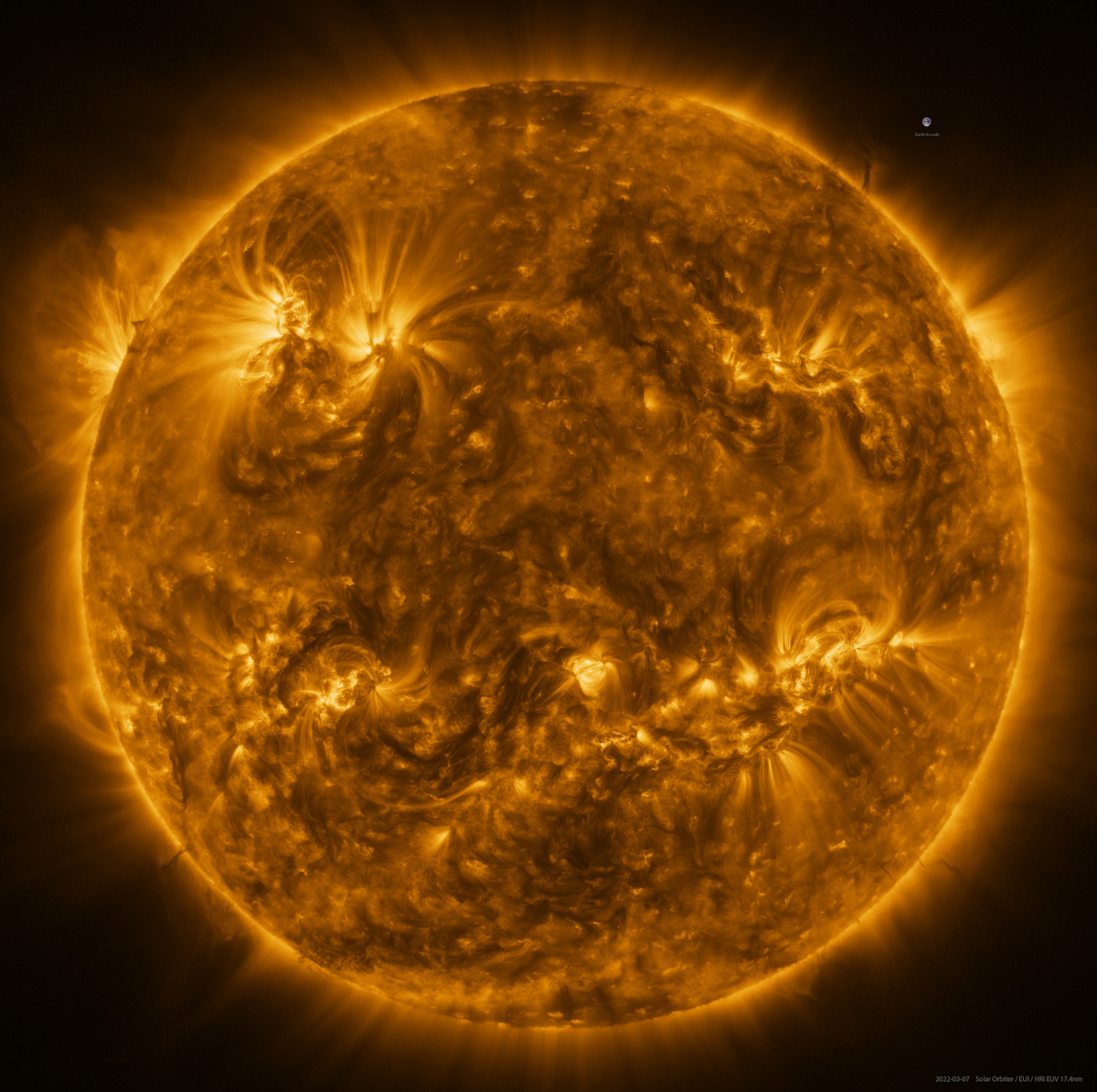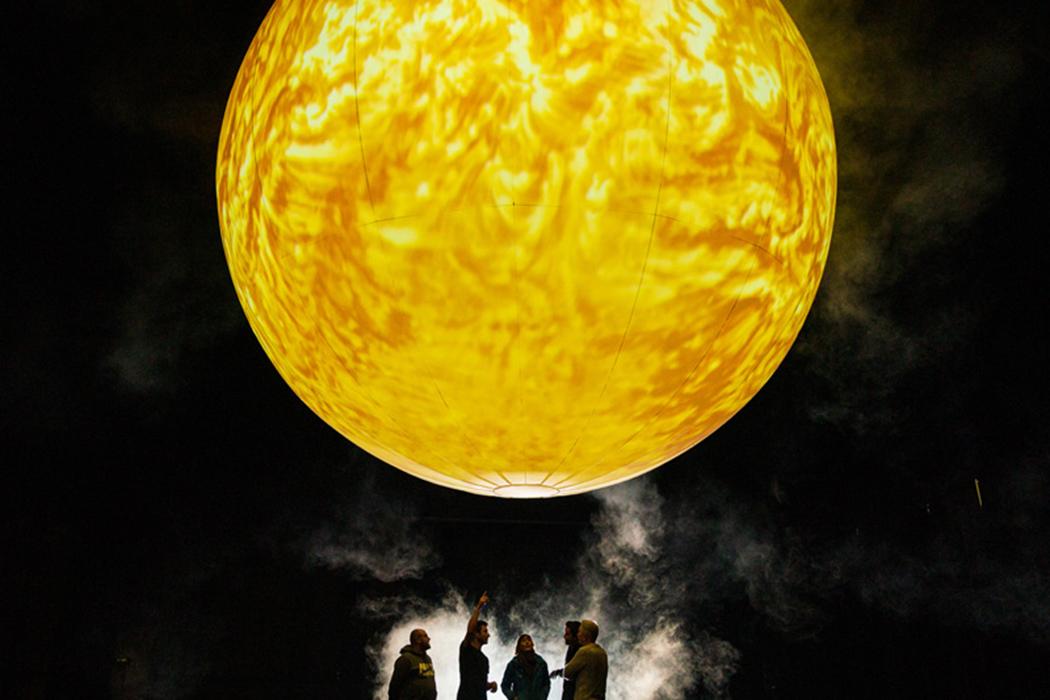Soapbox Science: women scientists take the floor at the heart of Brussels
On Saturday, June 25, 2022, from 2 p.m. to 5 p.m., 12 women scientists in Belgium will tell you about their research during the Soapbox Science Brussels event at the Place de la Bourse/Beursplein. [...]

